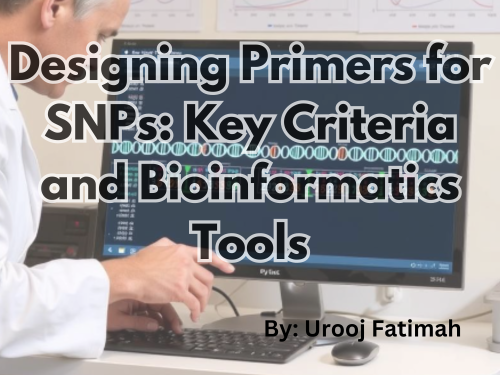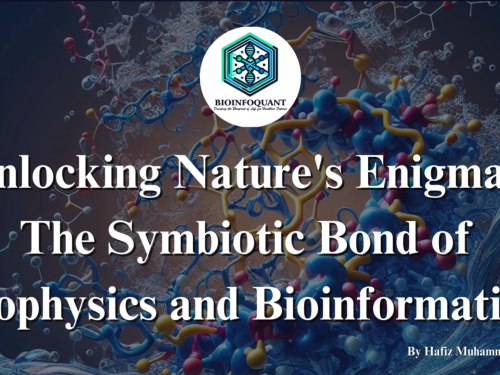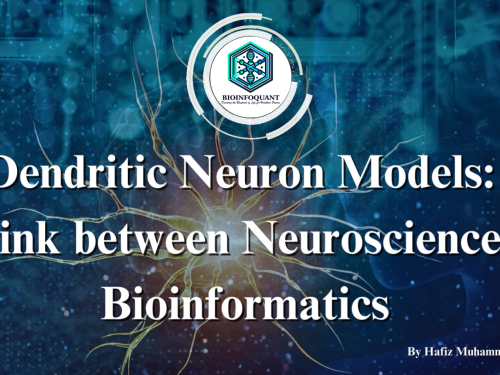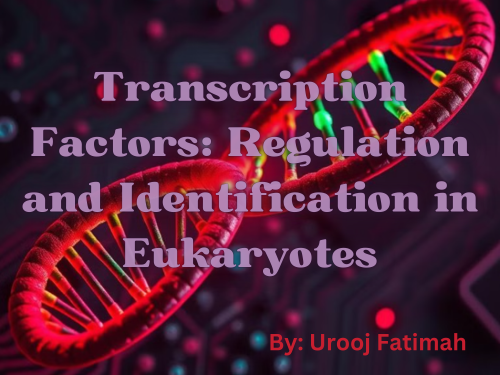This blog explores how Bioinformatics and Nanobiotechnology can be combined to develop more intelligent nanorobots for the treatment of diseases like Diabetes. This blog further explores the difficulties and opportunities in precision medicine, as well as the potential of nanorobots in other medical applications.
This blog covers the basics of PCR, the role of primers, key criteria for primer design, and the significance of SNPs. It also explains how to design primers for SNP mutations using various bioinformatics tools.
In this blog we will learn about transcription factors, their types, functions, and their key role in regulating gene expression. Discover methods and tools for predicting transcription factors and understanding their influence on gene activity.
This blog explains DNA microarrays, their role in gene expression analysis, and how to perform and analyze the data. It covers data acquisition from GEO and guides readers through data analysis using Excel, making bioinformatics accessible to all.
This blog provides an overview of the CRISPR-Cas9 gene editing technique, explaining how it works and highlighting its applications in medicine, agriculture, and environmental science. It also outlines the advantages of CRISPR-Cas9, such as its speed, cost-effectiveness, efficiency, and precision, making it a powerful tool for scientific research and innovation.
AlphaFold2 and AlphaFold3 are groundbreaking tools in protein structure prediction. This blog offers a straightforward guide to using these technologies, highlighting their practical applications in bioinformatics. You will learn how to leverage AlphaFold for accurate protein modeling, making complex tasks simpler and more accurate.
In this blog, we will explore how to use AutoDock Vina for both standalone and automated molecular docking. Discover practical steps and tips for setting up and executing docking simulations with AutoDock Vina, enhancing your ability to perform accurate and efficient molecular docking.













